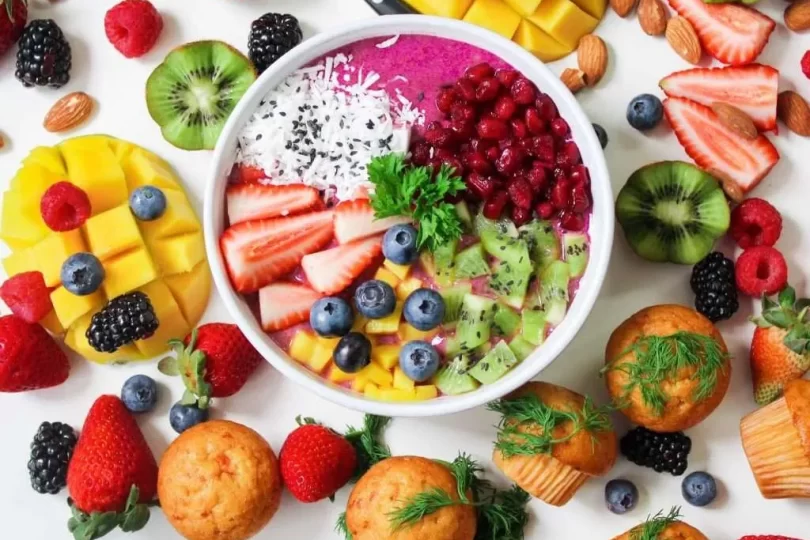Maintaining a healthy lifestyle is a goal shared by many. It involves making conscious choices about what you eat and how you nourish your body. One key aspect of a healthy lifestyle is adopting a balanced and nutritious diet. But what exactly should your plate look like to promote overall well-being and prevent conditions like insulin resistance? This article will delve into the secrets of a healthy plate and explore the importance of an insulin resistance diet food list.
Table of Contents
The Foundation of a Healthy Plate
A healthy plate is like a canvas upon which you paint the masterpiece of your well-being. It reflects your choices and is a means to fuel your body with the right nutrients. But what does a healthy plate actually entail? It begins with a foundation of whole, unprocessed foods rich in vitamins, minerals, and fiber. These include fruits, vegetables, whole grains, lean proteins, and healthy fats.
Balancing Macronutrients for Optimal Health
To promote overall well-being, it’s important to strike a balance between macronutrients: carbohydrates, proteins, and fats. Each macronutrient plays a crucial role in your body’s functioning and should be included appropriately.
Carbohydrates provide energy and should primarily come from whole grains, fruits, and vegetables. Proteins are essential for the growth, repair, and maintenance of body tissues and can be sourced from lean meats, poultry, fish, legumes, and dairy products. Healthy fats, such as those found in avocados, nuts, and olive oil, are important for hormone production, nutrient absorption, and brain function.
Understanding Insulin Resistance and Diet
Insulin resistance is when the body’s cells become less responsive to insulin, a hormone that helps regulate blood sugar levels. It can lead to elevated blood sugar levels and, if left unmanaged, may contribute to the development of type 2 diabetes.
An insulin resistance diet stabilizes blood sugar levels and promotes insulin sensitivity. It involves consuming foods with a low glycemic index and helping regulate blood sugar, such as whole grains, leafy greens, lean proteins, and healthy fats. These foods provide a slow and steady release of glucose into the bloodstream, preventing spikes and crashes in blood sugar levels.
According to Tandem Diabetes, “An insulin-resistant diet is made to aid you in keeping blood glucose levels within an acceptable targeted range.”
Building a Healthy Plate for Insulin Resistance
When creating a healthy plate for insulin resistance, consider including foods that have a low glycemic index and are rich in fiber. These include non-starchy vegetables like leafy greens, broccoli, cauliflower and whole grains like quinoa and brown rice. Lean proteins like chicken, fish, and tofu can provide essential amino acids without adding excessive saturated fats. Healthy fats from sources like avocados, olive oil, and nuts can contribute to satiety and provide essential nutrients.
Cultivating a Healthy Plate, Cultivating a Healthy Life
Creating a healthy plate is not just about what you eat; it reflects your commitment to overall well-being. By incorporating a diverse range of nutrient-dense foods and focusing on an insulin resistance diet food list, you are nourishing your body and supporting its optimal functioning.
As you build your healthy plate, remember to listen to your body’s signals of hunger and fullness. Pay attention to your food quality, savor each bite, and eat mindfully.Â
By incorporating a variety of whole, unprocessed foods and focusing on an insulin resistance diet food list, you can fuel your body with the necessary nutrients to thrive. Embrace the journey of cultivating a healthy plate, and you will cultivate a healthy life full of vitality and well-being.
